

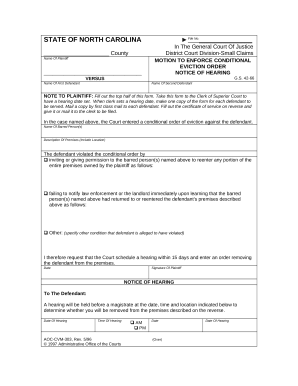
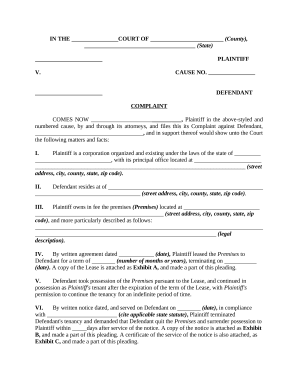
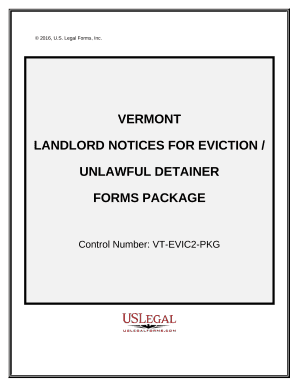
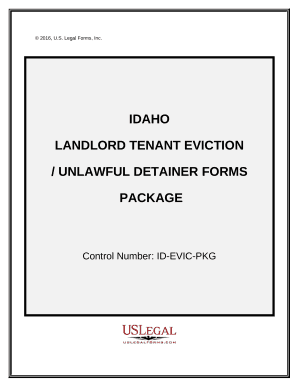
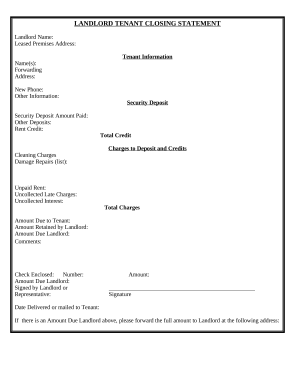
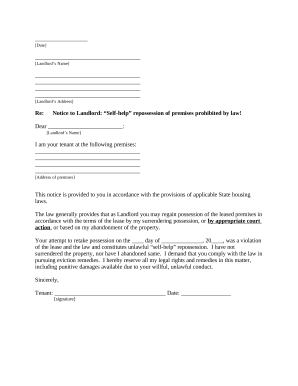
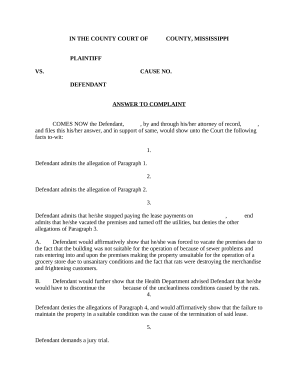
Papers management takes up to half of your office hours. With DocHub, it is simple to reclaim your time and effort and improve your team's efficiency. Access Eviction Process Forms category and explore all templates related to your everyday workflows.
Effortlessly use Eviction Process Forms:
Speed up your everyday document management using our Eviction Process Forms. Get your free DocHub profile today to explore all forms.